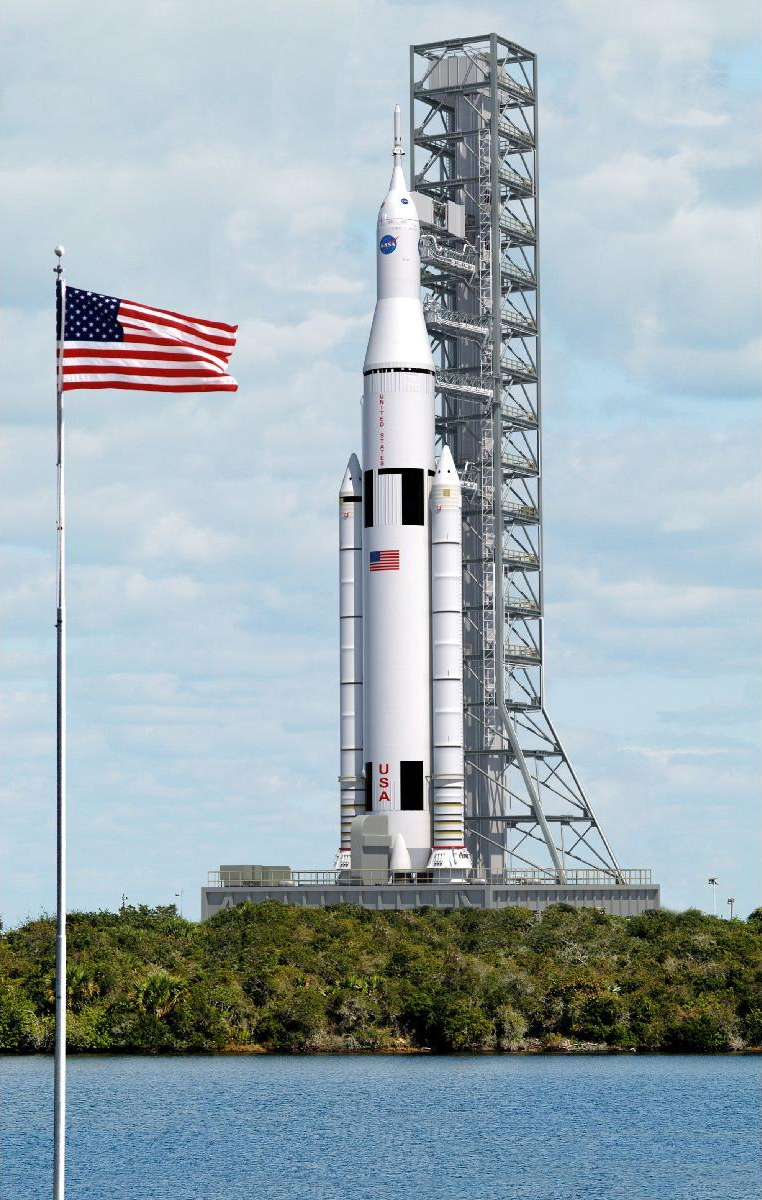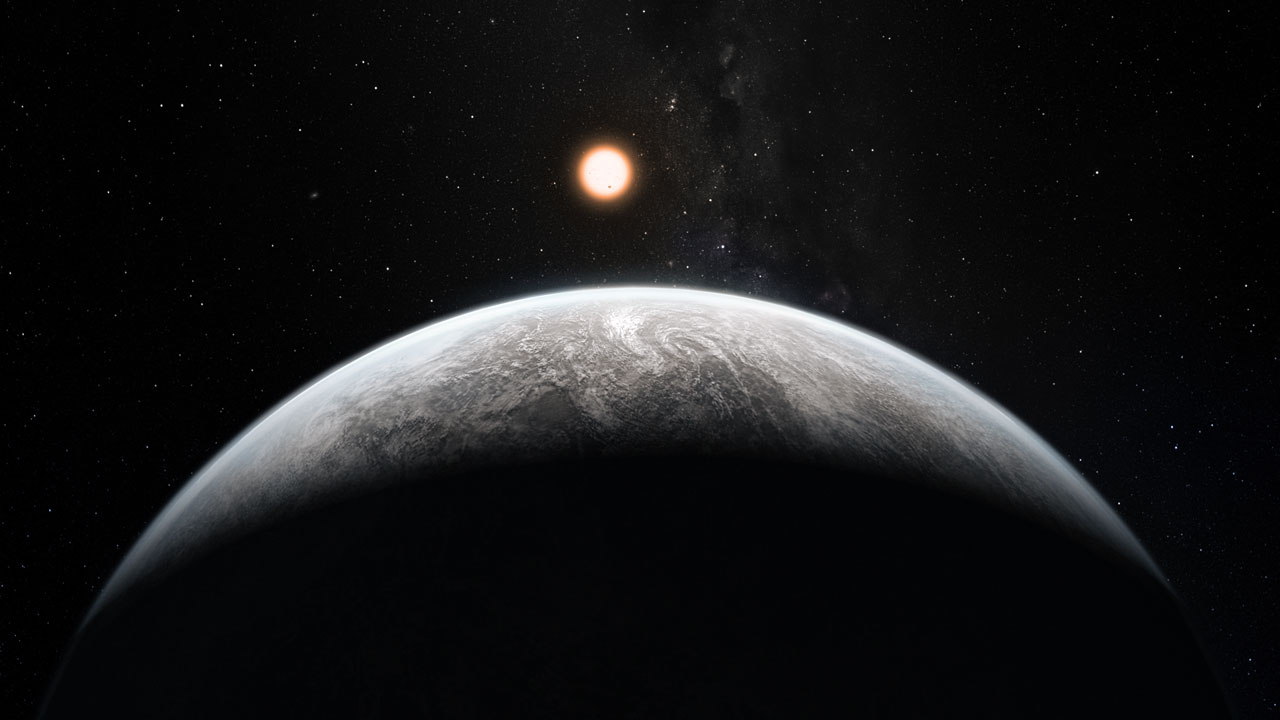NASA's New Mega Rocket Would Be Most Powerful Ever Built

NASA announced plans today (Sept. 14) for a new giant rocket that will one day carry astronauts on deep space missions to destinations such as an asteroid or Mars. The next-generation launch vehicle is expected to be the most powerful rocket ever built, capable of taking human explorers to targets further in space than ever before, agency officials said.
NASA intends to use the new Space Launch System (SLS) to fulfill a variety of launch capabilities, ranging from carrying 70 metric tons of material into space at first, to eventually being capable of hauling 130 metric tons, which is between 10 to 20 percent more thrust than the Saturn V rockets used to launch the Apollo moon missions in the late 1960s and early 1970s, agency officials said.
"It's fair to call this the largest rocket, most powerful rocket," Bill Gerstenmaier, associate administrator for NASA's Human Exploration and Operations Mission Directorate said in a news briefing today.
At its maximum launch capacity, the SLS will also stand at 403 feet (nearly 123 meters), which is about 40 feet (12 meters) taller than the heavy-duty Saturn V. [Gallery: NASA's SLS Rocket for Deep Space Flights]
"This is a great day for NASA and the nation," NASA chief Charles Bolden said in a news briefing today. "In combination with the crew capsule already in development, extension of activities on the International Space Station, fresh focus on new technologies, the new Space Launch System is key to implementing the plan laid out by President Obama and Congress in the bipartisan 2010 NASA Authorization Act." [Infographic: NASA's Space Launch System Explained]
The massive SLS will incorporate some hardware from the space shuttles and the now-cancelled Constellation program that was originally intended to send astronauts back to the moon. The Constellation program, which included designs for a heavy-lift rocket, called Ares V, was scrapped in 2010 by President Barack Obama in favor of focusing on visiting destinations deeper in space.
Last year, Obama challenged NASA to send astronauts to an asteroid by 2025 and then on to Mars by the mid-2030s. Today's SLS announcement is a key step toward fulfilling these goals. [Related: How NASA's New Giant Space Rocket Will Work]
Get the Space.com Newsletter
Breaking space news, the latest updates on rocket launches, skywatching events and more!
The $10 billion SLS booster is expected to be the most powerful rocket ever built, surpassing even NASA's Saturn V family of rockets that carried astronauts to the moon during the Apollo program. The last Apollo moon mission was in 1972.
In April, private spaceship maker SpaceX announced plans for its own unmanned heavy-lift rocket, which would be the most powerful commercial booster ever built. SpaceX's so-called Falcon Heavy is being designed to haul up to 53 metric tons of cargo into low-Earth orbit, which is still less than the projected capability of SLS.
You can follow SPACE.com staff writer Denise Chow on Twitter @denisechow. Follow SPACE.com for the latest in space science and exploration news on Twitter @Spacedotcom and on Facebook.
Join our Space Forums to keep talking space on the latest missions, night sky and more! And if you have a news tip, correction or comment, let us know at: community@space.com.

Denise Chow is a former Space.com staff writer who then worked as assistant managing editor at Live Science before moving to NBC News as a science reporter, where she focuses on general science and climate change. She spent two years with Space.com, writing about rocket launches and covering NASA's final three space shuttle missions, before joining the Live Science team in 2013. A Canadian transplant, Denise has a bachelor's degree from the University of Toronto, and a master's degree in journalism from New York University. At NBC News, Denise covers general science and climate change.
